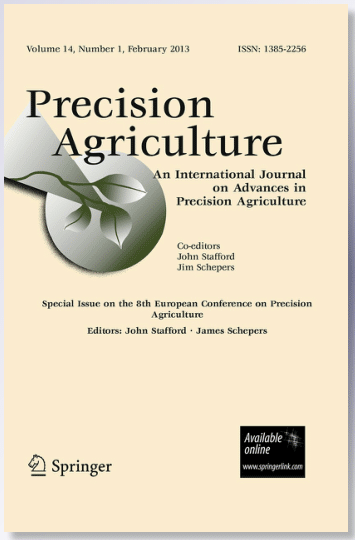Context Data-driven models (DDMs) are increasingly used for crop yield prediction due to their ability to capture complex patterns and relationships. DDMs rely heavily on data inputs to provide predictions. Despite their effectiveness, DDMs can be complemented by inputs derived from mechanistic models (MMs).
This study investigated enhancing the predictive quality of DDMs by using as features a combination of MMs outputs, specifically biomass and soil moisture, with conventional data sources like satellite imagery, weather, and soil information. Four experiments were performed with different datasets being used for prediction: Experiment 1 combined MM outputs with conventional data; Experiment 2 excluded MM outputs; Experiment 3 was the same as Experiment 1 but all conventional temporal data were omitted; Experiment 4 utilised solely MM outputs. The research encompassed ten field-years of wheat and chickpea yield data, applying the eXtreme Gradient Boosting (XGBOOST) algorithm for model fitting. Performance was evaluated using root mean square error (RMSE) and the concordance correlation coefficient (CCC).
The validation results showed that the XGBOOST model had similar predictive power for both crops in Experiments 1, 2, and 3. For chickpeas, the CCC ranged from 0.89 to 0.91 and the RMSE from 0.23 to 0.25 t ha−1. For wheat, the CCC ranged from 0.87 to 0.92 and the RMSE from 0.29 to 0.35 t ha−1. However, Experiment 4 significantly reduced the model's accuracy, with CCCs dropping to 0.47 for chickpeas and 0.36 for wheat, and RMSEs increasing to 0.46 and 0.65 t ha−1, respectively. Ultimately, Experiments 1, 2, and 3 demonstrated comparable effectiveness, but Experiment 3 is recommended for achieving similar predictive quality with a simpler, more interpretable model using biomass and soil moisture alongside non-temporal conventional features.



